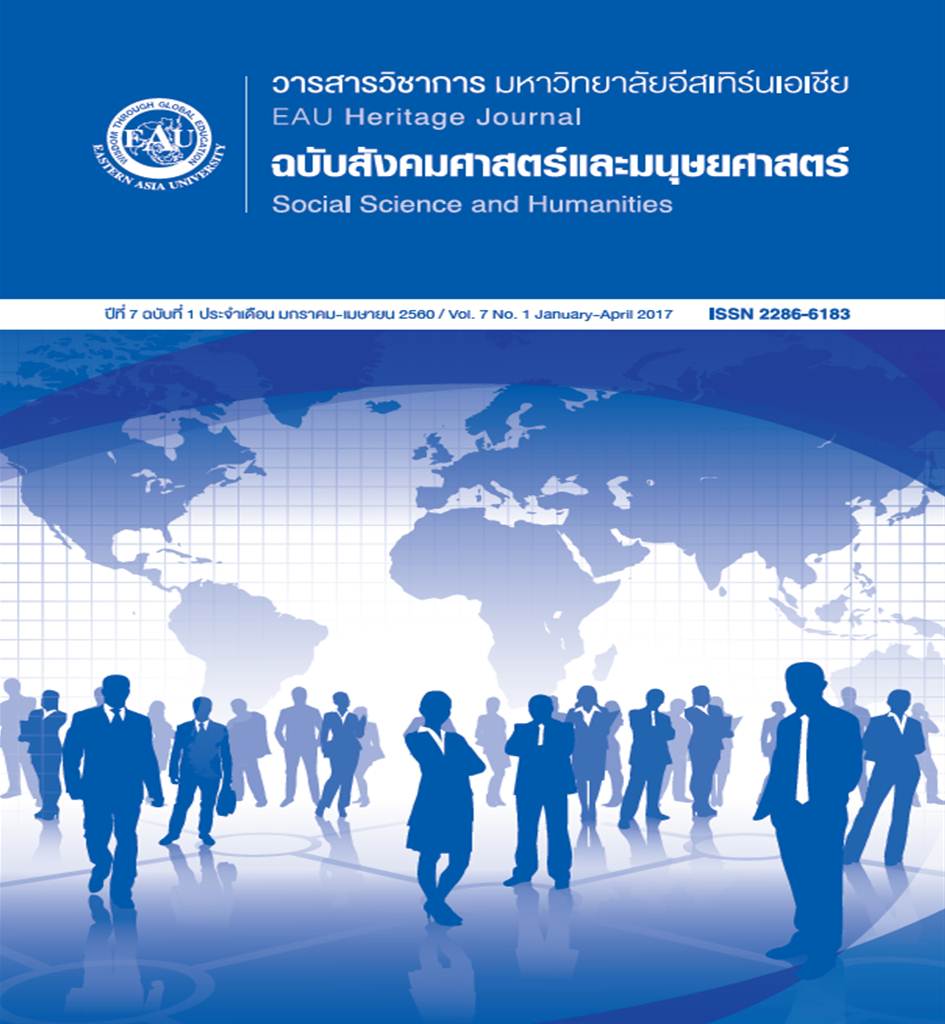The Political Economy of Thai Automobile Industry
Keywords:
Thailand, automobile industry, Asian financial crisis, ThaksinomicsAbstract
Since 1961, corresponding to the First National Economic and Social Development Plan, Thailand began developing its automobile industry. In the early stages, Bangkok adopted policies including import substitution and tariff protection but met limited success. Since the 1990s, under the influence of globalization, Thailand moved away from producing national cars and turned towards liberalization policies that drew on foreign direct investment for development. Although Bangkok’s adjustment was commendable, the lack of corresponding measures and comprehensive developing strategies struck the automobile industry heavily when the Asian Financial Crisis broke out. In 2001, Thaksin Shinawatra sought to correct problems in the automobile industry by making policy adjustments based on Thaksinomics’ dual track strategy. On the one hand, Thaksin emphasized the importance of FDI and continued to attract investment from Asian countries (especially Japan), on the other hand, Thaksin emphasized the domestic market. Through initiatives such as the eco-car project and first car incentive program, Bangkok regained control of the automobile industry and led Thailand to become ASEAN’s largest, Asia’s fifth largest and the world’s ninth largest car producing country.





